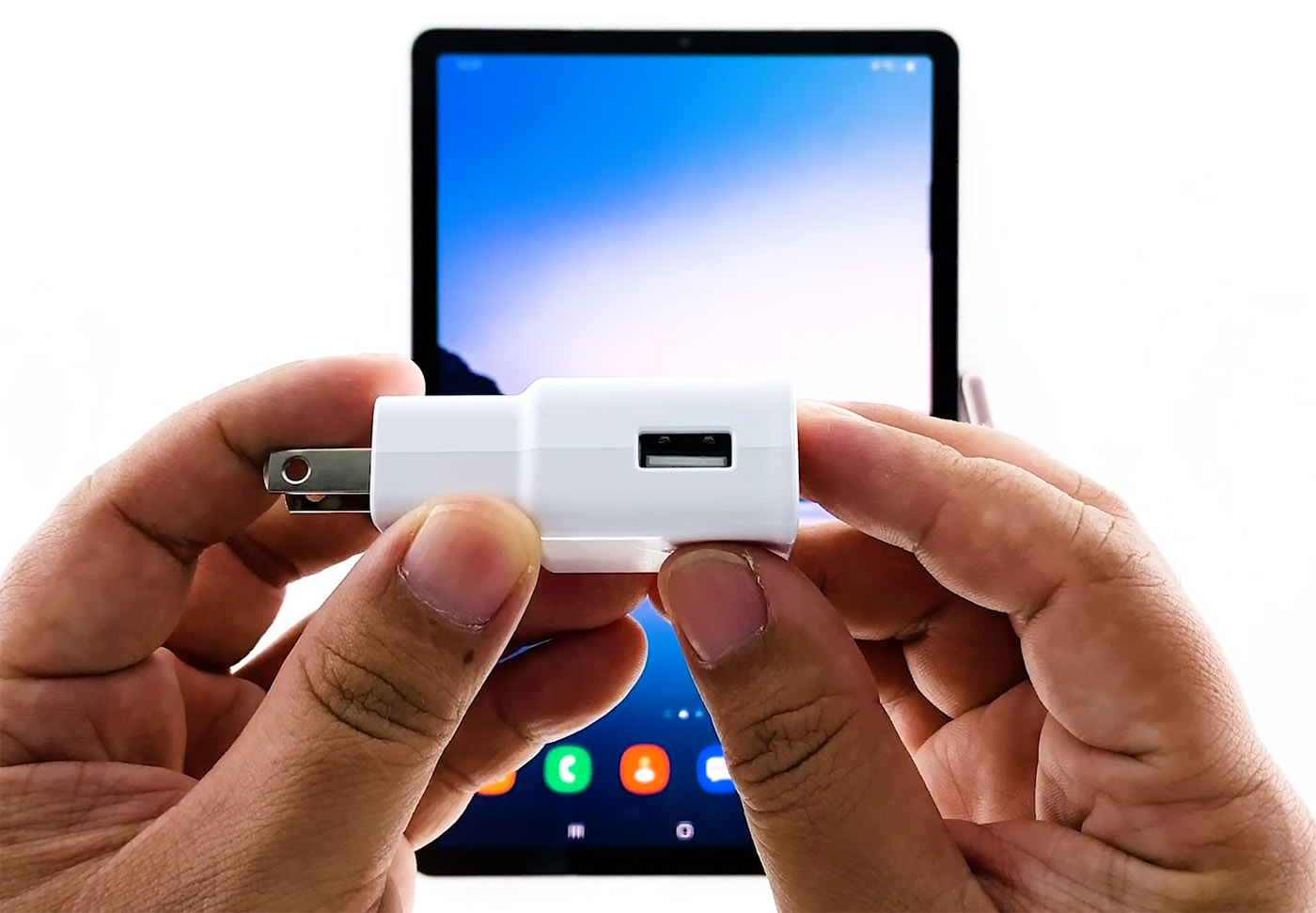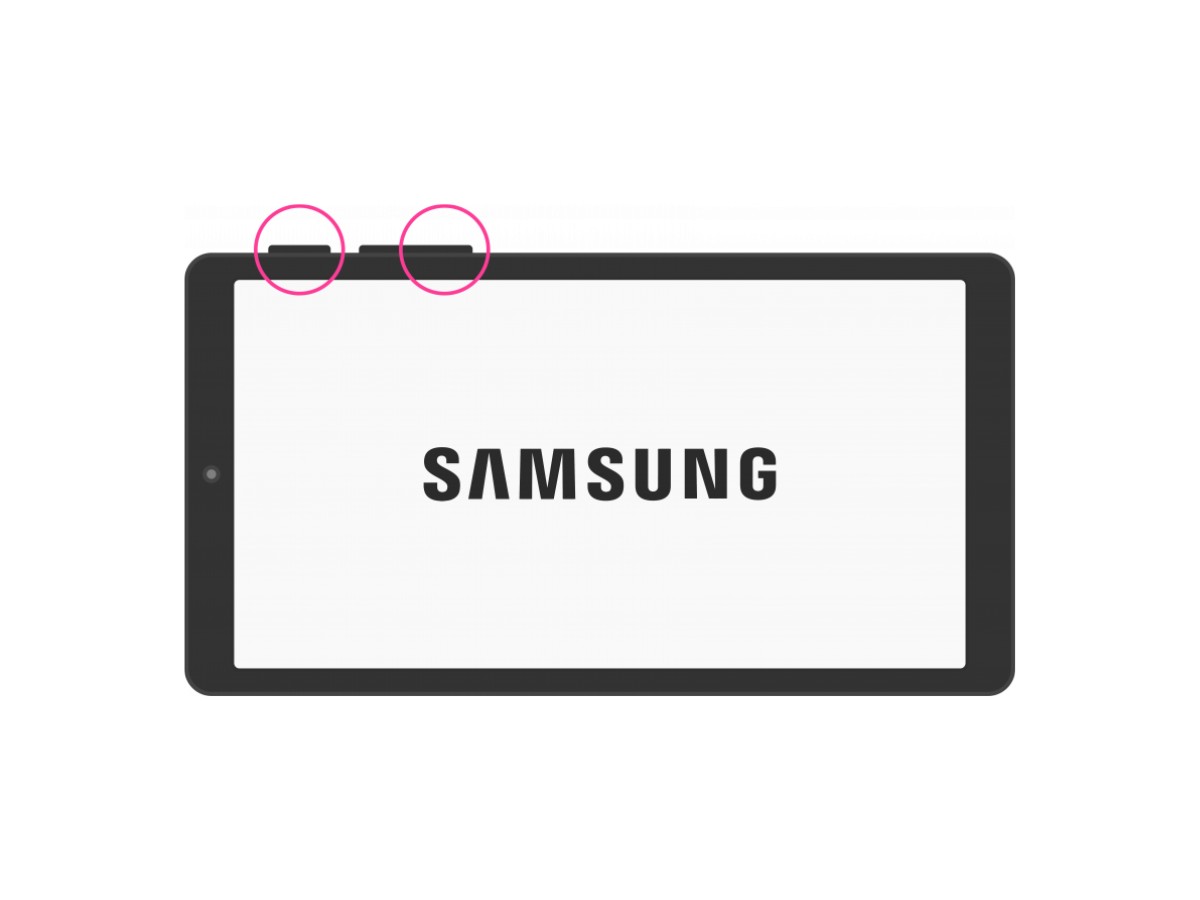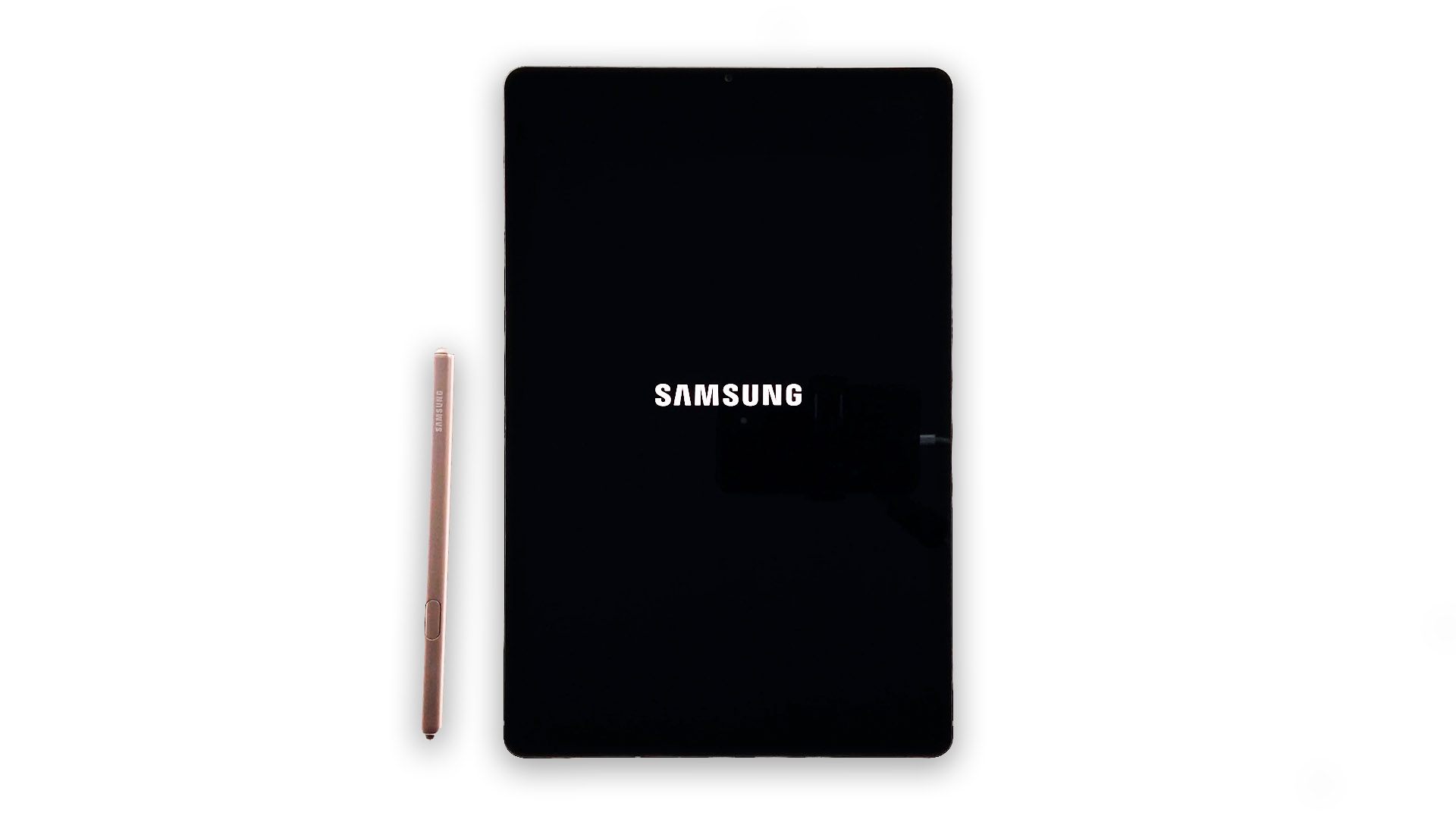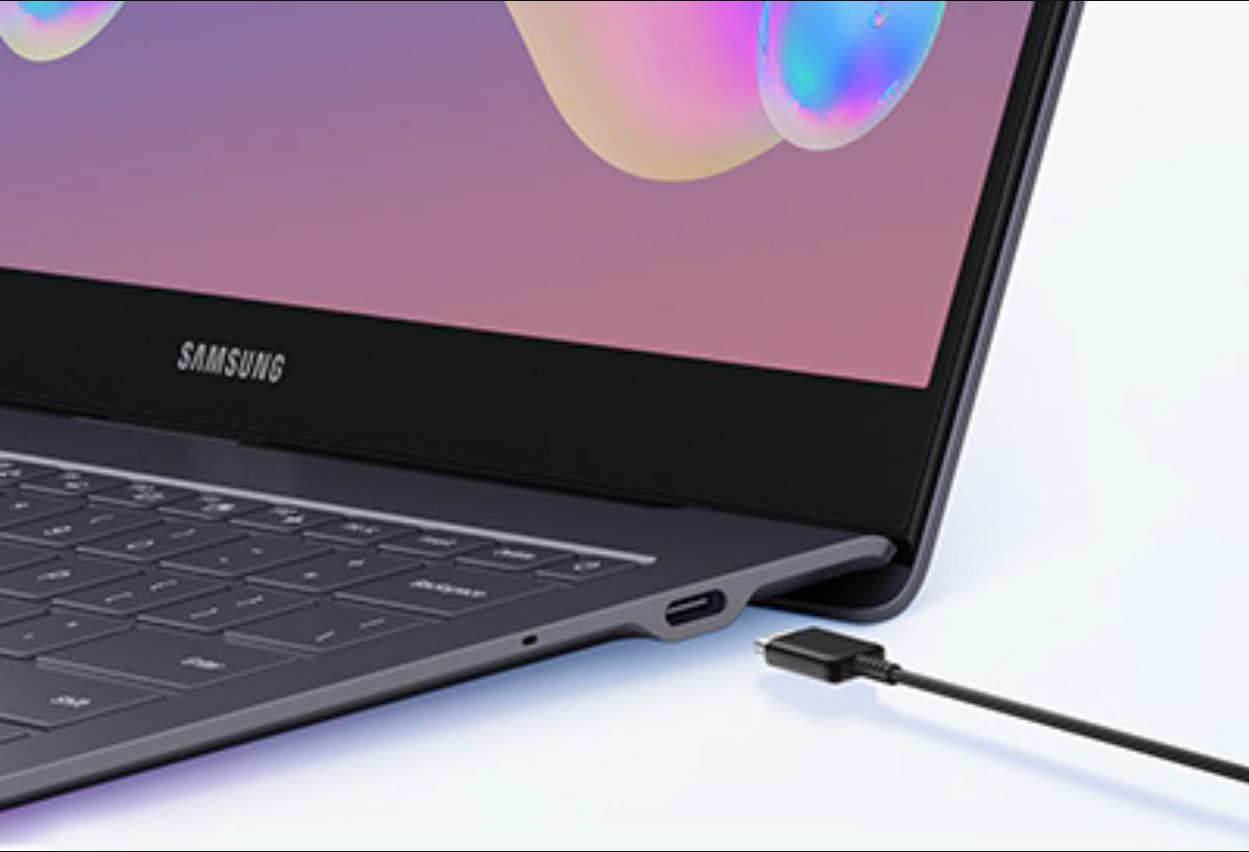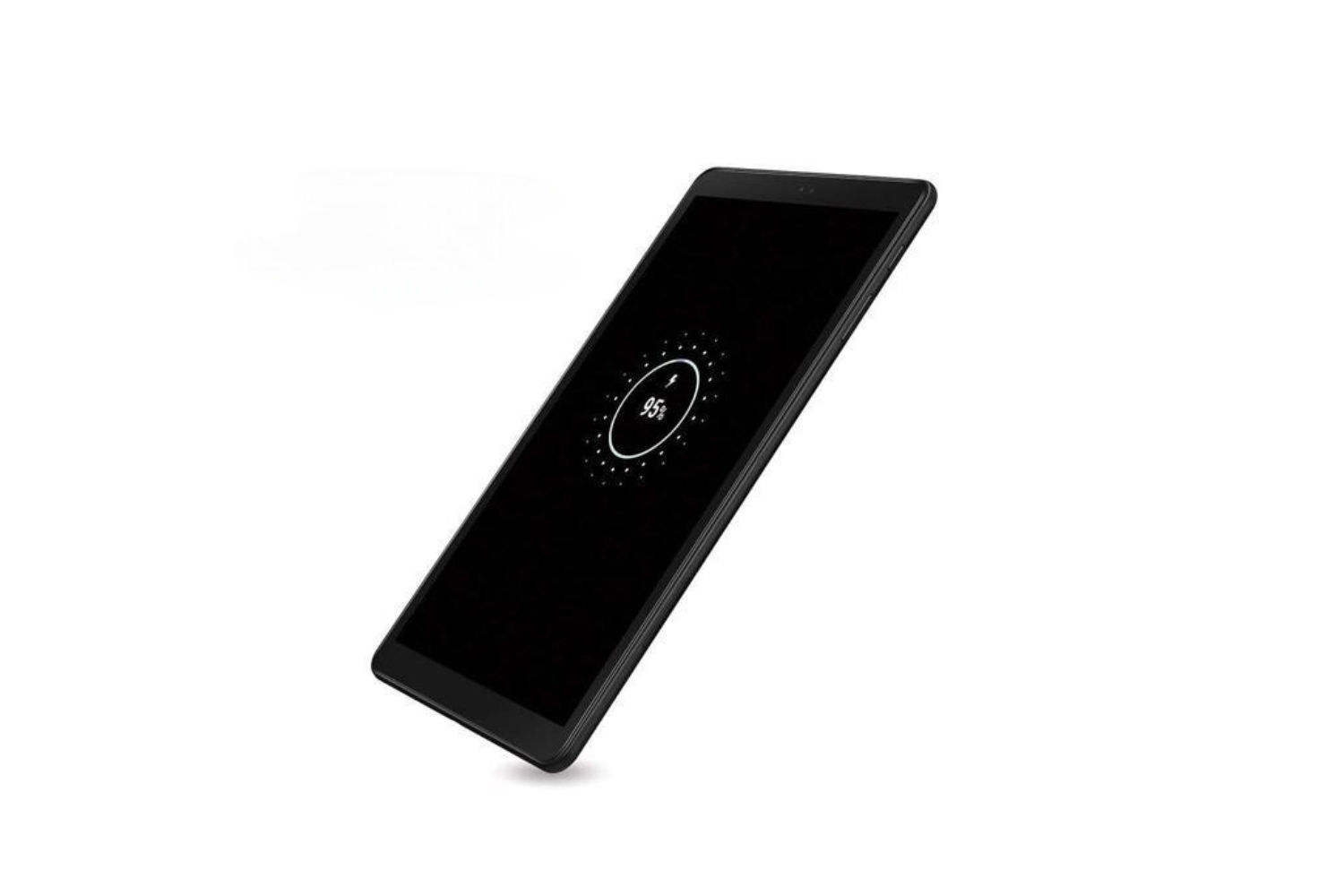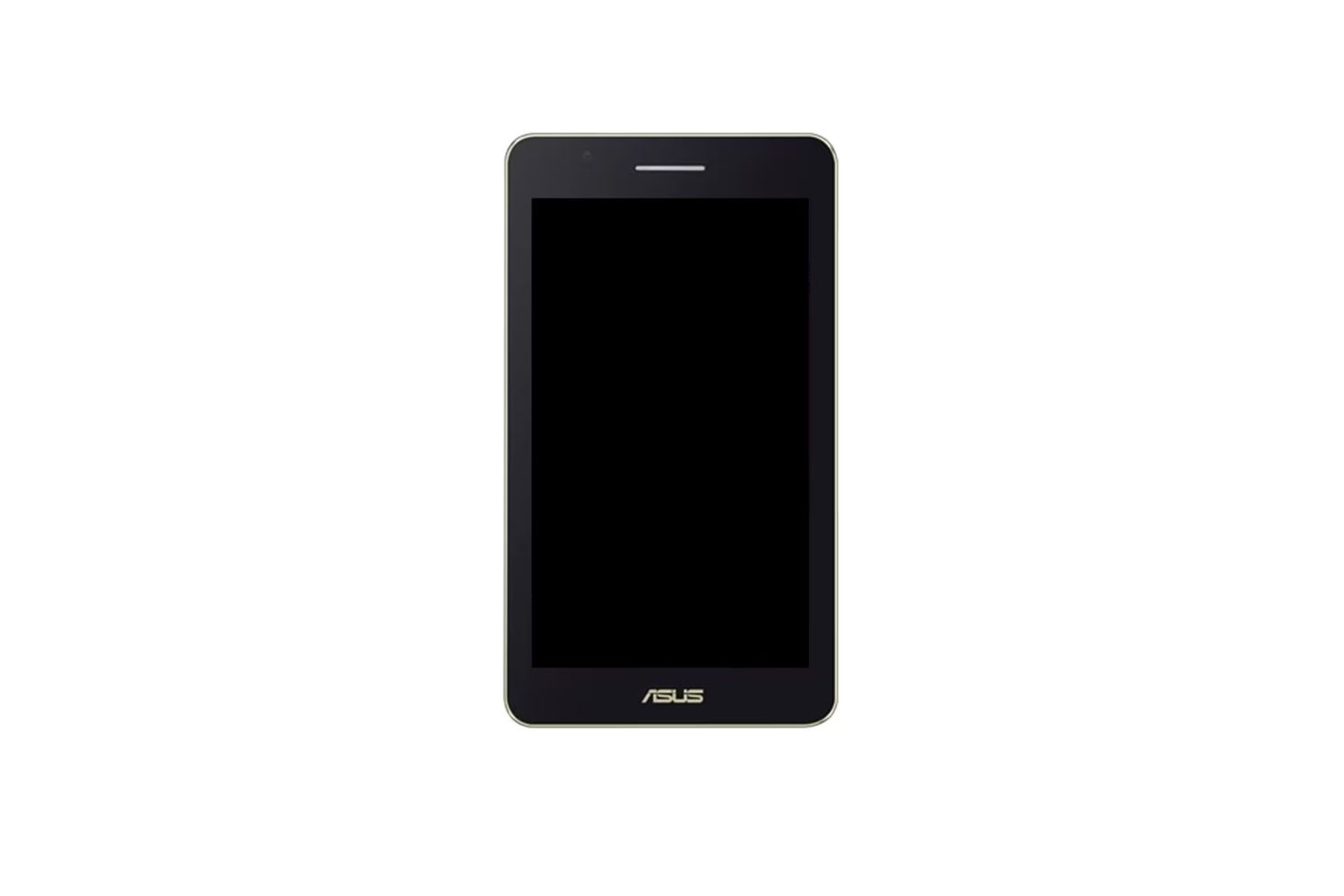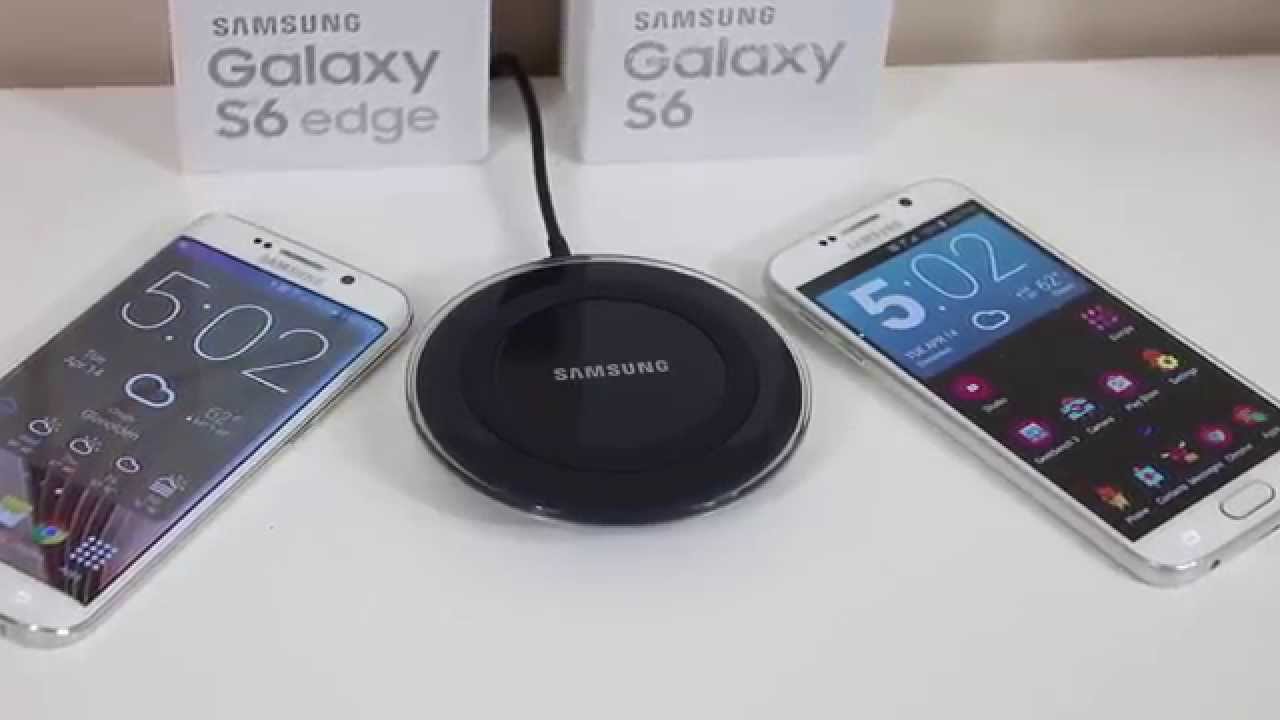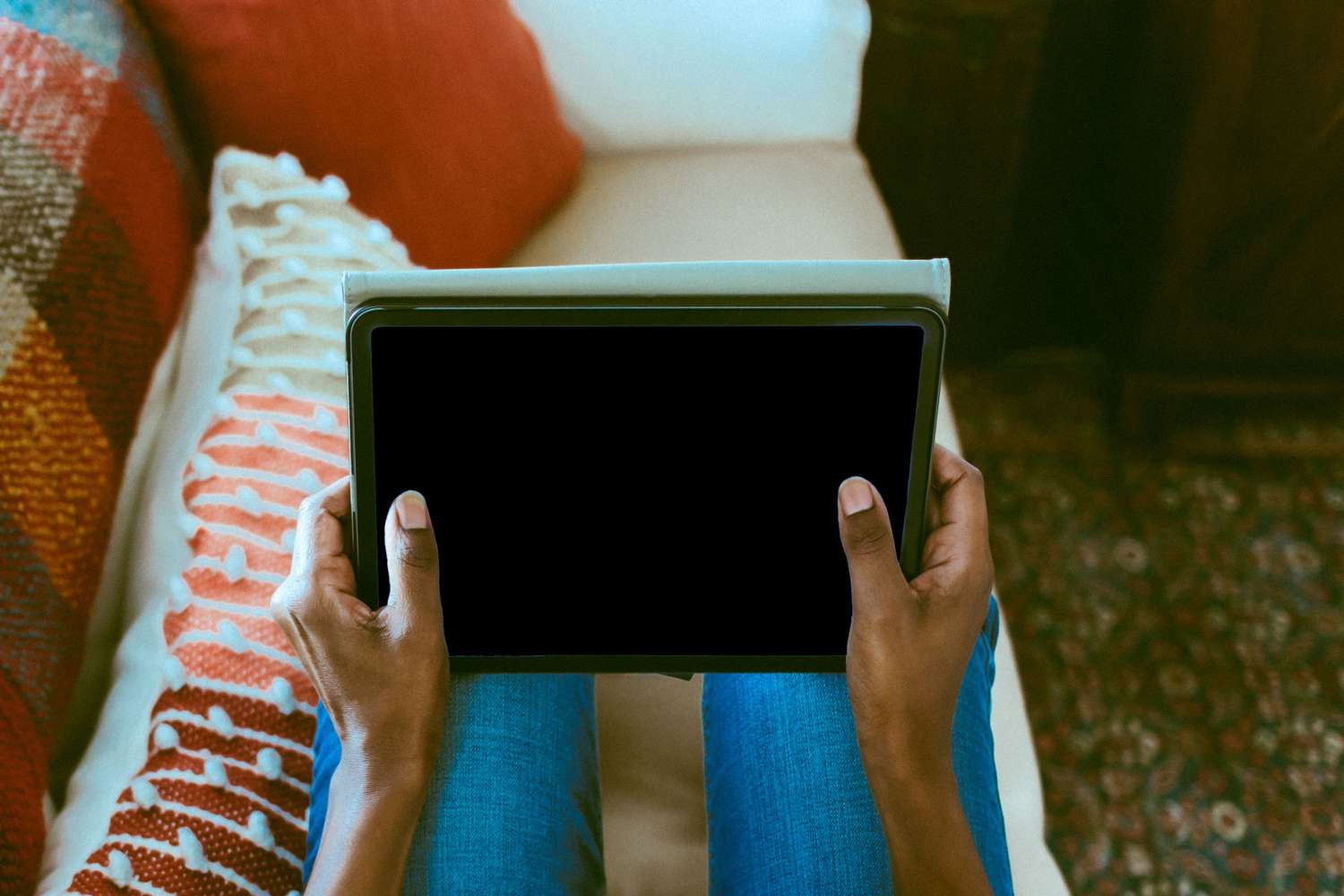Introduction
When your Samsung tablet refuses to charge even when plugged in, it can be frustrating and inconvenient. We rely on our tablets for work, entertainment, and staying connected, so it’s essential to address this issue promptly. There could be various reasons why your Samsung tablet won’t charge when connected to a power source.
In this article, we will explore some of the common causes and troubleshoot steps you can take to fix the problem. We will also provide tips on when it’s time to seek professional help or consider repair options.
Before proceeding with the troubleshooting, it’s important to remember that not all tablets have the same features and settings. Therefore, the specific steps discussed may vary slightly depending on the model and version of your Samsung tablet. However, the general principles and guidelines provided should help you address the charging issue.
Now, let’s delve into the common reasons why a Samsung tablet may not charge when plugged in and the corresponding solutions to consider.
Common Reasons Why a Samsung Tablet Won’t Charge When Plugged In
There are several common reasons why your Samsung tablet may not charge when plugged in. Understanding these reasons can help you troubleshoot the issue effectively. Some common causes include:
- Defective charging cable: The charging cable that came with your tablet may be faulty or damaged. Over time, cables can fray or develop loose connections, preventing the proper transfer of power.
- Malfunctioning charging port: The charging port on your tablet may have accumulated dirt, debris, or may be physically damaged. If the port is dirty or damaged, the charger may not be able to establish a connection.
- Software issue: Occasionally, a software glitch or a specific app may cause charging problems. In some cases, the tablet may not recognize the charger, resulting in it not charging.
- Power source issues: The power source you are using to charge your tablet might be faulty. It could be a problem with the power outlet, the charger itself, or the USB port if you are charging through a computer.
- Battery issues: Over time, the tablet’s battery can degrade, resulting in charging problems. If the battery has reached the end of its lifespan, it may require replacement.
It’s essential to consider these common causes when troubleshooting your Samsung tablet’s charging issue. By identifying the underlying reason, you can take appropriate steps to resolve the problem effectively.
Troubleshooting Steps to Fix a Samsung Tablet That Won’t Charge
When your Samsung tablet refuses to charge, there are several troubleshooting steps you can take to try and resolve the issue. Here are some steps to follow:
- Check the charging cable and port: Start by examining the charging cable for any physical damage or frayed wires. If the cable appears to be in good condition, inspect the charging port on your tablet. Clean out any dirt or debris carefully using a soft brush or compressed air.
- Restart the tablet: Sometimes, a simple restart can resolve minor software glitches that may cause charging problems. Press and hold the power button until the options menu appears, then select “Restart” or “Reboot”.
- Perform a soft reset: If restarting the tablet doesn’t work, try performing a soft reset. This can help clear any temporary software issues. Press and hold the power button and volume down button simultaneously for about 10 seconds until the tablet restarts.
- Check the battery and power source: Ensure that the tablet’s battery is not completely drained. If it is, connect the tablet to a power source and let it charge for at least 15-30 minutes before attempting to turn it on. Additionally, try using a different power source or charging cable to determine if the issue lies with the charger.
- Clean the charging port and cable: If you suspect a build-up of dirt or debris in the charging port, carefully clean it using a soft brush or compressed air. Also, check the charging cable for any debris or accumulated grime. A dirty cable or port can hinder the connection and prevent proper charging.
- Perform a factory reset: If previous steps do not resolve the issue, you can try performing a factory reset. Keep in mind that this step will erase all data on your tablet, so ensure you have a backup. Go to the Settings menu, select “General Management,” and then “Reset.” Choose “Factory data reset” and follow the prompts to reset your tablet.
By following these troubleshooting steps, you can often resolve charging issues with your Samsung tablet. However, if the problem persists, it may be time to seek professional help or explore repair options.
Checking the Charging Cable and Port for Issues
One of the common reasons why your Samsung tablet may not charge when plugged in is a faulty charging cable or a damaged charging port. To identify and address any issues with the cable or port, you can follow these steps:
- Inspect the charging cable: Begin by examining the charging cable for any visible signs of damage or wear. Look for frayed wires, bent connectors, or loose connections. If you notice any issues, such as exposed wires, it’s advisable to replace the cable to ensure proper charging.
- Examine the charging port: Carefully inspect the charging port on your Samsung tablet. Look for any physical obstructions, such as dirt, lint, or debris, that may be preventing the charging cable from making a solid connection. If you see any debris, use a soft brush or compressed air to clean the port gently.
- Try a different charging cable and adapter: If you have access to another compatible charging cable and adapter, try using them to charge your tablet. This will help determine if the issue lies with the original cable or adapter. If the tablet charges with a different cable and adapter, it indicates that the original cable or adapter needs to be replaced.
- Check for loose connections: Ensure that the charging cable is securely plugged into both the tablet and the power source. Sometimes, loose connections can cause the tablet not to charge properly. Gently wiggle the cable while it is connected to check for any loose connections. If the cable is not firmly seated, adjust it until you feel it click into place.
- Test the charger with another device: To further troubleshoot, try using the charger with another compatible device. If the charger charges the other device without any issues, it suggests that the problem lies with the tablet’s charging port or the tablet itself.
By thoroughly checking the charging cable and port for any issues, you can determine if they are the cause of your Samsung tablet not charging when plugged in. Addressing these issues appropriately, whether through cleaning, replacing the cable, or seeking professional assistance, can help resolve the charging problem.
Restarting the Tablet and Performing a Soft Reset
If your Samsung tablet is not charging when plugged in, one of the first troubleshooting steps you should try is restarting the tablet and performing a soft reset. This can help resolve any minor software glitches that may be causing the charging issue. Follow these steps to restart your tablet and perform a soft reset:
- Restart the tablet: Press and hold the power button on your tablet until the options menu appears on the screen. Select the “Restart” option from the menu. Wait for the tablet to power down and then turn it back on. This simple restart can often resolve temporary glitches that may be affecting the charging functionality.
- Perform a soft reset: If restarting the tablet does not fix the charging problem, you can try performing a soft reset. To do this, press and hold the power button and the volume down button simultaneously for about 10 seconds or until the tablet restarts. This action can clear temporary files and address software glitches that might be impacting the charging process.
- Check for charging after the reset: Once the tablet has rebooted, check if it is charging. Connect the tablet to a power source using the charging cable and observe if the charging indicator appears on the screen. If the tablet starts charging, it indicates that the soft reset resolved the charging issue.
- Repeat the process if necessary: If the tablet still does not charge after the soft reset, you can repeat the restart and soft reset process a few times. Sometimes, multiple attempts are required to rectify the problem, especially if it is caused by a stubborn software glitch.
Restarting the tablet and performing a soft reset is a simple yet effective troubleshooting step that can help resolve charging issues. If this step does not fix the problem, you can proceed to further troubleshooting methods or seek professional assistance.
Checking the Battery and Power Source
If your Samsung tablet won’t charge when plugged in, it is important to check both the tablet’s battery and the power source you are using. Here are some steps to follow:
- Check the tablet’s battery level: Ensure that your tablet’s battery is not completely drained. Connect it to a power source and observe if the battery charging icon appears on the screen. If the battery level is critically low, allow the tablet to charge for at least 15-30 minutes before attempting to turn it on.
- Use a different power source: Test the tablet with a different power source, such as a different power outlet or USB port on your computer. Sometimes, the power source itself may be faulty and preventing the tablet from charging properly. If the tablet charges when connected to a different power source, it indicates that the original power source is the problem.
- Check the charging cable and adapter: Inspect the charging cable and the adapter you are using. Look for any visible signs of damage, such as frayed wires or bent connectors. If you notice any issues, try using a different charging cable and adapter to charge your tablet. This will help determine if the problem lies with the original cable or adapter.
- Ensure a secure connection: Make sure the charging cable is securely plugged into both the tablet and the power source. Sometimes, a loose connection can prevent the tablet from charging properly. Ensure that the cable is firmly seated and that you hear or feel a click indicating a secure connection.
- Consider replacing the battery: If the tablet’s battery is old or has reached the end of its lifespan, it may not hold a charge effectively. In this case, you may need to consider replacing the battery. Contact Samsung support or a reputable service center to inquire about battery replacement options.
By checking the tablet’s battery level and ensuring a reliable power source, you can troubleshoot and address issues related to charging. If the problem persists, even after trying different power sources and cables, it may be necessary to seek professional assistance or explore repair options for your Samsung tablet.
Cleaning the Charging Port and Cable
If your Samsung tablet is not charging when plugged in, it is possible that the charging port or cable has accumulated dirt, debris, or grime, which can hinder the connection. Cleaning the charging port and cable can often resolve this issue. Follow these steps to clean the charging port and cable:
- Inspect the charging port: Carefully examine the charging port on your tablet. Look for any visible dirt, lint, or debris that may be obstructing the connection. Use a flashlight if necessary to get a better view.
- Power off the tablet: Before cleaning the charging port, power off your tablet to ensure the safety of your device and prevent any potential damage.
- Use a soft brush or compressed air: Gently clean the charging port using a soft-bristled brush or a can of compressed air. Be careful not to apply excessive force or use sharp objects that could damage the port. Remove any dirt, lint, or debris that may be blocking the charging connection.
- Inspect the charging cable: Examine the charging cable for any visible dirt, grime, or debris. Wipe down the cable with a clean, lint-free cloth to remove any accumulated dirt or residue.
- Test the charging connection: After cleaning the charging port and cable, reconnect the cable to the tablet and connect it to a power source. Check if the tablet is now charging. Make sure the cable is securely plugged in and that you feel or hear a click indicating a proper connection.
- Repeat the cleaning process if necessary: If the tablet still does not charge after the initial cleaning, you may need to repeat the process to ensure a thorough cleaning. In some cases, stubborn debris may require multiple attempts to completely remove.
By cleaning the charging port and cable, you can eliminate any potential obstructions that may prevent your Samsung tablet from charging properly. If, after cleaning, the tablet still does not charge, it is recommended to explore other troubleshooting steps or consult a professional technician for further assistance.
Performing a Factory Reset
If you have tried all the previous troubleshooting steps and your Samsung tablet still won’t charge when plugged in, performing a factory reset may help resolve persistent software issues. However, before proceeding with a factory reset, it’s important to note that this action will erase all data on your tablet, so it’s essential to have a backup. Follow these steps to perform a factory reset:
- Backup your data: Before initiating a factory reset, make sure to backup all your important data, such as photos, videos, documents, and contacts. You can use Samsung’s Smart Switch app, connect your tablet to a computer and transfer the files, or utilize cloud storage services.
- Access the Settings menu: Open the Settings app on your tablet. You can typically find it in the app drawer or by swiping down on the home screen and selecting the gear icon.
- Navigate to the Reset option: Scroll down and tap on “General Management” or a similar option. Then, select “Reset” or “Backup and Reset.”
- Choose Factory data reset: Select “Factory data reset” or a similar option. Read the information provided regarding the consequences of a factory reset.
- Confirm and initiate the reset: Tap on “Reset” or “Erase all data,” and confirm your choice. Your tablet will begin the factory reset process, which may take a few minutes to complete.
- Set up your tablet: After the factory reset is complete, your tablet will restart and prompt you to go through the initial setup process, similar to when you first bought it. Follow the on-screen instructions to set up your tablet and restore your data from the backup.
A factory reset can often help resolve persistent software issues that may be causing charging problems. However, if the tablet continues to experience charging issues even after a factory reset, it is advisable to seek professional help from Samsung support or a certified technician.
Seeking Professional Help and Repair Options
If you have gone through the previous troubleshooting steps and your Samsung tablet still won’t charge when plugged in, it may be time to seek professional help or explore repair options. Here are some options to consider:
- Contact Samsung support: Reach out to Samsung customer support for assistance. They can provide guidance based on your tablet model and help troubleshoot the charging issue further. Samsung support representatives may also be able to provide information on warranty coverage or direct you to an authorized service center.
- Visit an authorized service center: If your Samsung tablet is still under warranty or you prefer professional assistance, consider visiting an authorized service center. These centers have technicians specifically trained to diagnose and repair Samsung devices. They can analyze the charging issue and provide appropriate solutions or repairs.
- Explore third-party repair services: If your tablet is not under warranty or you prefer alternative options, you can consider third-party repair services. Research reputable repair companies or technicians specializing in Samsung tablet repairs. Read reviews, check their credentials, and inquire about their experience with charging issues. Be sure to understand their repair policies, costs, and warranties before proceeding.
- Consider battery replacement: If the troubleshooting steps indicate that the battery is the underlying issue, you may need to get the battery replaced. Contact Samsung support or a reputable repair service to inquire about battery replacement options. They can assess the battery condition and provide an appropriate solution.
- Assess repair costs versus device value: Before investing in repairs, assess the cost of repair versus the value of your tablet. If the repair costs are high and your tablet is outdated or nearing the end of its lifespan, it may be more economical to consider purchasing a new tablet instead.
Seeking professional help and exploring repair options can provide you with expert guidance and possible solutions to address the charging problem. Consider your tablet’s warranty status, repair costs, and the value you place on the device to make the best decision for your situation.
Conclusion
Encountering a situation where your Samsung tablet won’t charge when plugged in can be frustrating, but there are various troubleshooting steps you can take to address the issue. By understanding the common reasons for charging problems and following the appropriate troubleshooting methods, you can often resolve the problem on your own.
Start by checking the charging cable and port for any visible damage or debris, and ensure a secure connection. Restarting the tablet and performing a soft reset can help fix minor software glitches. Additionally, examining the battery level and power source, as well as cleaning the charging port and cable, can eliminate potential issues. If these steps don’t solve the problem, you can try performing a factory reset, but remember to back up your data first.
If all else fails, seeking professional help from Samsung support, visiting an authorized service center, or exploring reputable third-party repair services can provide further assistance in resolving the charging issue. They can diagnose the problem accurately and recommend appropriate solutions or repairs.
Ultimately, the decision on how to address the charging problem depends on the warranty status, repair costs, and the overall value of your Samsung tablet. Keep in mind that it may be more cost-effective to replace an outdated device rather than invest in extensive repairs.
By being proactive and following the troubleshooting steps outlined in this article, you can increase your chances of resolving the charging issue and enjoying your Samsung tablet to its fullest potential once again.







